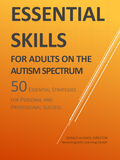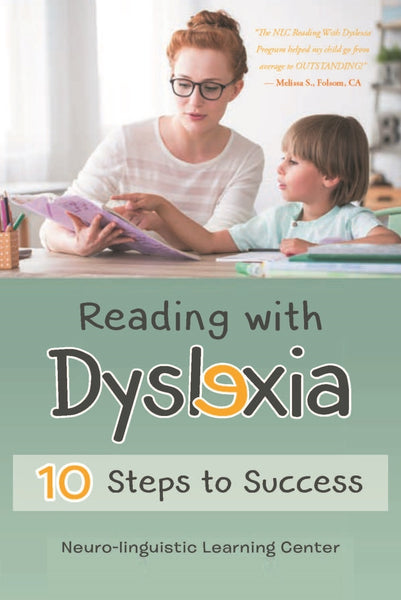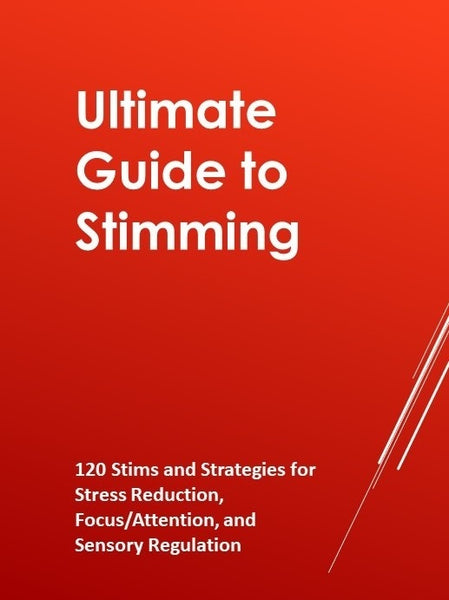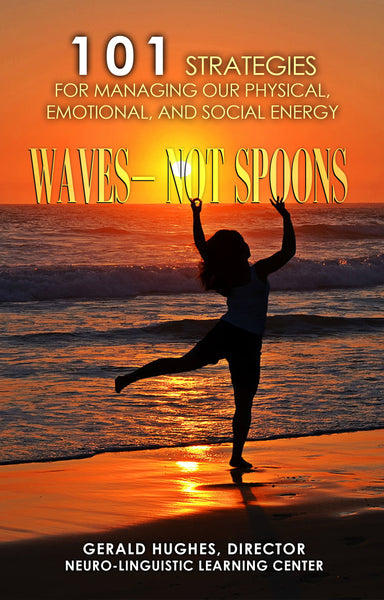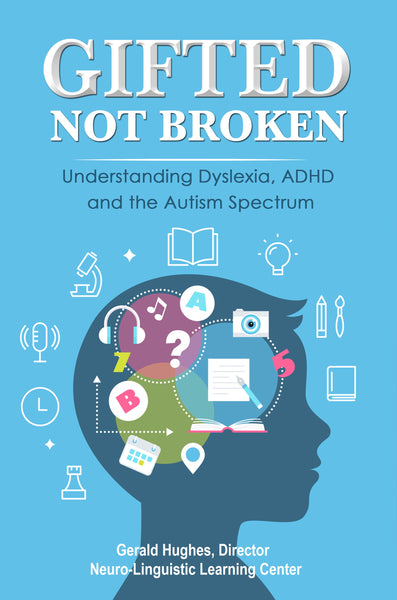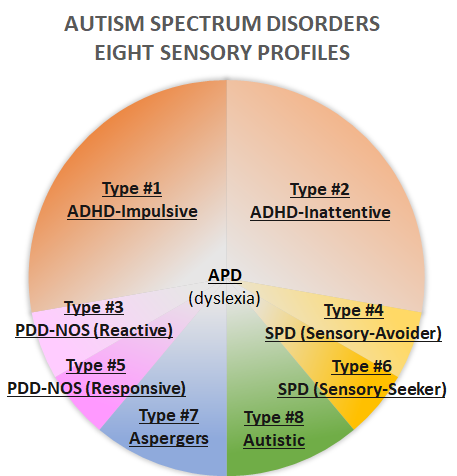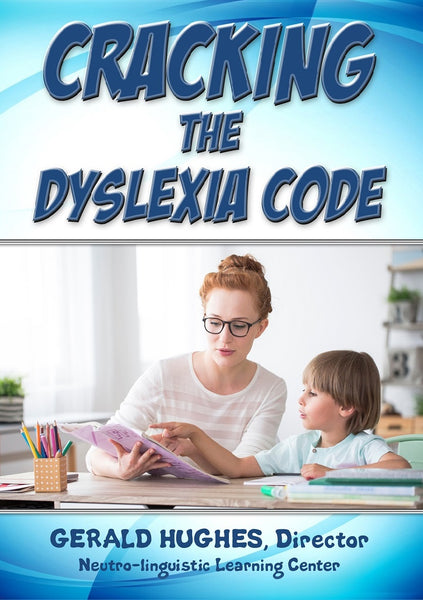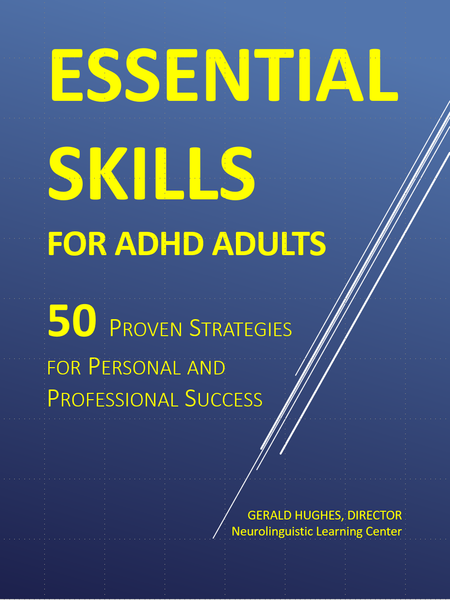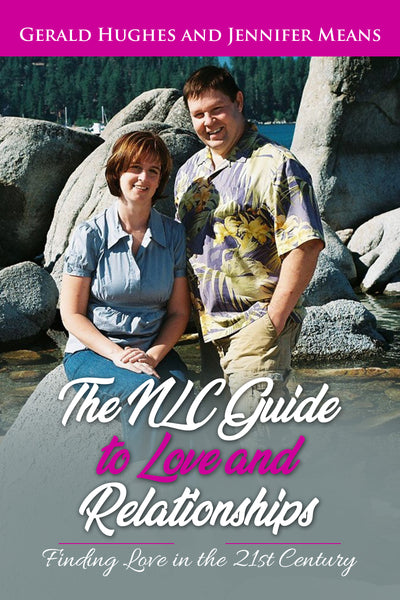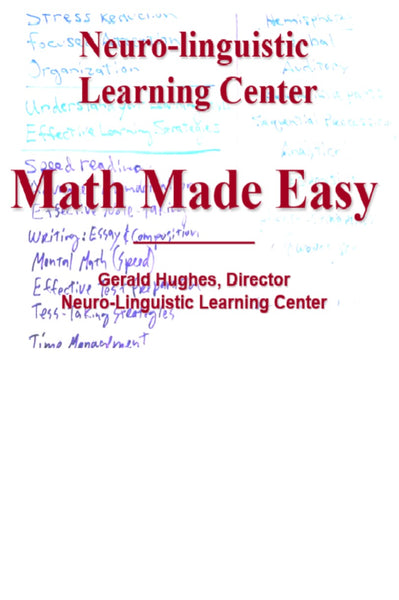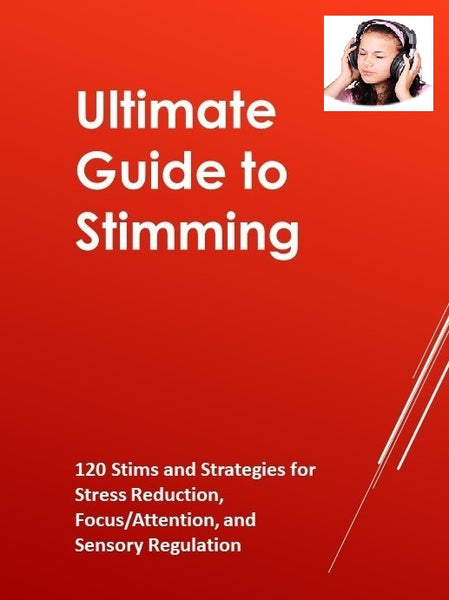Your cart is currently empty.
INTRODUCTION
As a group, persons on the Autism Spectrum (ASD) have profiles for perceiving and processing sensory information that are different from neurotypical Adults.
It follows that many ASD Adults have different strengths and weaknesses and require different strategies to succeed personally and professionally.
Unfortunately, there is a startling lack of services and support for ASD Adults.
Further complicating the issue is that in a typical school, work, or social environment with a heterogeneous population, it is doubtful that ASD Adults will receive sufficient guidance and understanding.
Neither are they likely to be taught skills and strategies appropriate to their natural abilities.
Experience has shown us that the lack of appropriate skills and strategies is the source of many ASD Adult struggles.
Even more than temporary accommodations, most struggles are resolved and replaced with success when ASD-appropriate skills and strategies are provided.
Essential Skills for Adults on the Autism Spectrum is intended to provide many of those critical skills and strategies and so provide relief from many of the struggles commonly experienced by many ASD Adults.
It is important to note that Essential Skills for Adults on the Autism Spectrum is NOT a medical text. There is NOTHING in this text intended to diagnose, fix, or cure any medical issue.
There is nothing within this text that would take the place of competent medical advice. If you suspect a medical, psychological, or neurological issue, you should consult a licensed medical professional.
Essential Skills for Adults on the Autism Spectrum has one purpose: to provide struggling Adults with the basic skills to make their personal and professional lives easier, faster, and more enjoyable.
“Unlike ABA, CBT and other behavior-based therapies, these essential skills are designed to help Adults on the Autism Spectrum achieve their personal and professional goals—NOT by masking or managing their behavior but by becoming fully self-expressed human beings.” -- Gerald Hughes
AUTISM SPECTRUM DISORDER
Before we go into specific skills and strategies, I think it’s important that we briefly review Autism Spectrum Disorder (ASD) as the context and foundation for these essential skills.
In a model developed at the Neurolinguistic Learning Center, the ADHD and ASD spectrum are described as including eight distinct sensory profiles, each with its strengths and weaknesses.
These sensory profiles are NOT a diagnosis. We’ve included familiar diagnostic terms as labels only. These profiles are NOT for diagnostic purposes. They are observable patterns for perceiving and processing sensory information within the ADHD and ASD Spectrum.
Notice that each profile consists of four dominant neurological traits or functions. It is the combination of these dominant traits that drive our thoughts, feelings, and behaviors.
It’s important to understand that each of these traits naturally occurs as a spectrum from one extreme to mild to the opposite extreme. The more extreme a person’s neurological traits, the more pronounced will be that person’s strengths and weaknesses related to that trait.
I cannot stress enough that THESE TRAITS ARE NEITHER BINARY NOR EXCLUSIVE! They always occur as a spectrum.
The fact that these functions are not binary means there is an almost infinite variation of abilities and weaknesses within the Autism Spectrum.
Our intention in identifying these sensory profiles is NOT to limit or define a person but to increase awareness of each person’s strengths and weaknesses and to provide interventions, skills, and strategies appropriate to that person.
In so doing, we are better equipped to help each person make the most of their natural abilities—to help each ASD person more effectively achieve their goals while becoming more fully self-expressed human beings.

As we see in this graphic, we see the flow of sensory information as a cycle. Just as we are affected by our results (Feedback), our perception of these results is affected by a variety of factors, including our current emotional state (Dominant Feeling), how we perceive the world (Dominant Access), how we evaluate sensory information (Dominant Consideration), and our response/reaction to sensory information (Dominant Excitement).
The first step in the flow of sensory information is our Dominant Feeling. How we feel provides the context or filter through which we both express ourselves and perceive all sensory information.
At any given moment, how we feel is a function of our Sympathetic Nervous System (Reactive) or our Parasympathetic Nervous System (Responsive). For almost all people, one of these systems is dominant.
If our Dominant Feeling is Reactive, we may tend to be quick on our feet, and may perform well in a crisis or under stress. We may lack patience and struggle with impulsivity. We may also struggle with focus and attention.
If our Dominant Feeling is Responsive, we will tend to be more thoughtful and less reactive. We are likely to be more patient and focused and less subject to impulse and distraction.
The second step in the flow of sensory information is our Dominant Access. As human beings, our dominant access to sensory information is typically Visual-Spatial or Auditory/Verbal. Depending on which trait is dominant determines to a large extent how we will perceive and process sensory information.
Visually Dominant persons are typically more creative, intuitive thinkers. They tend to have excellent visual-spatial acuity. They may struggle with organization and sequence.
The third step in the flow of sensory information is our Dominant Consideration. This dominance determines whether we tend to evaluate sensory information logically or emotionally. This trait is a critical factor in our decision-making.
The fourth step in the flow of sensory information is our Dominant Excitement. Our level of excitement determines we are likely to be over-stimulated or under-stimulated by various levels and different types of sensory information.
The results of all this filtering, sorting, processing, and storing sensory information are the thoughts, feelings, and behaviors which we call our personality.
Unlike behavior-based personality assessments, like Meyers-Briggs and DISC, the FACE Personality model is based on the source of those behaviors how we perceive and process sensory information.

As we see in the chart above, there are eight unique profiles for perceiving and processing sensory information. Each of these profiles or personalities has similarities, for example, visually dominant, and differences, for example, reactive versus responsive.
Again, each of these traits occurs as its own spectrum. One trait may be dominant, for example, Logical, but the non-dominant trait, emotional, is still within us.
You may notice that all of the profiles are visually dominant. As we will explain later in detail, this visual dominance is a fundamental trait for all of the profiles within the ADHD and Autism spectrum.
For now, we will begin discussing many of the struggles common the ASD persons as well as various strategies, interventions, and accommodations to address those struggles.
TABLE OF CONTENTS
INTRODUCTION 12
Autism Spectrum Disorder (ASD) 14
- SLEEP 18
- STRESS REDUCTION 23
- SENSORY INTEGRATION 33
- FOCUS & ATTENTION 39
- SELF-AWARENESS 42
- SELF-REGULATION 47
- MELTDOWNS & SHUTDOWNS 49
- ADHD BURNOUT 54
- CO-OCCURRING ISSUES 56
- PANIC ATTACKS 60
- SELF-REFLECTION 62
- SELF-CONFIDENCE 64
- SELF-MOTIVATION 67
- CURIOSITY 71
- CRITICAL THINKING 73
- PROBLEM-SOLVING 77
- DECISION-MAKING 79
- CREATIVITY 81
- ORGANIZATION 84
- PROJECT MANAGEMENT 89
- TIME MANAGEMENT 93
- GOAL SETTING 95
- FLEXIBILITY & ADAPTABILITY 100
- CHANGES AND TRANSITIONS 104
- COMMUNICATION 110
- CONVERSATION 118
- READING SOCIAL CUES 123
- RAPPORT AND INTIMACY 128
- SOCIAL GATHERINGS 134
- GROUP EVENTS 135
- PUBLIC SPEAKING 136
- RELATIONSHIPS 140
- FAMILY 143
- FINDING LOVE 145
- EDUCATION 149
- READING 153
- NOTE-TAKING 157
- MEMORIZATION 161
- TEST-TAKING 164
- WRITING / COMPOSITION 171
- THE RESUME 179
- THE INTERVIEW 182
- ON THE JOB 186
- MEETINGS 192
- COLLABORATION 194
- LEADERSHIP 197
- COOKING & EATING 198
- DRIVING 202
- INDEPENDENT LIVING 204
- BECOMING SELF-EXPRESSED 209
APPENDIX A: ADHD AND ASD PROFILES 210
SUMMARY 223
ABOUT THE AUTHOR 225
ADDITIONAL RESOURCES 227
ADDITIONAL LINKS 229
REFERENCES 231
INDEX 232
